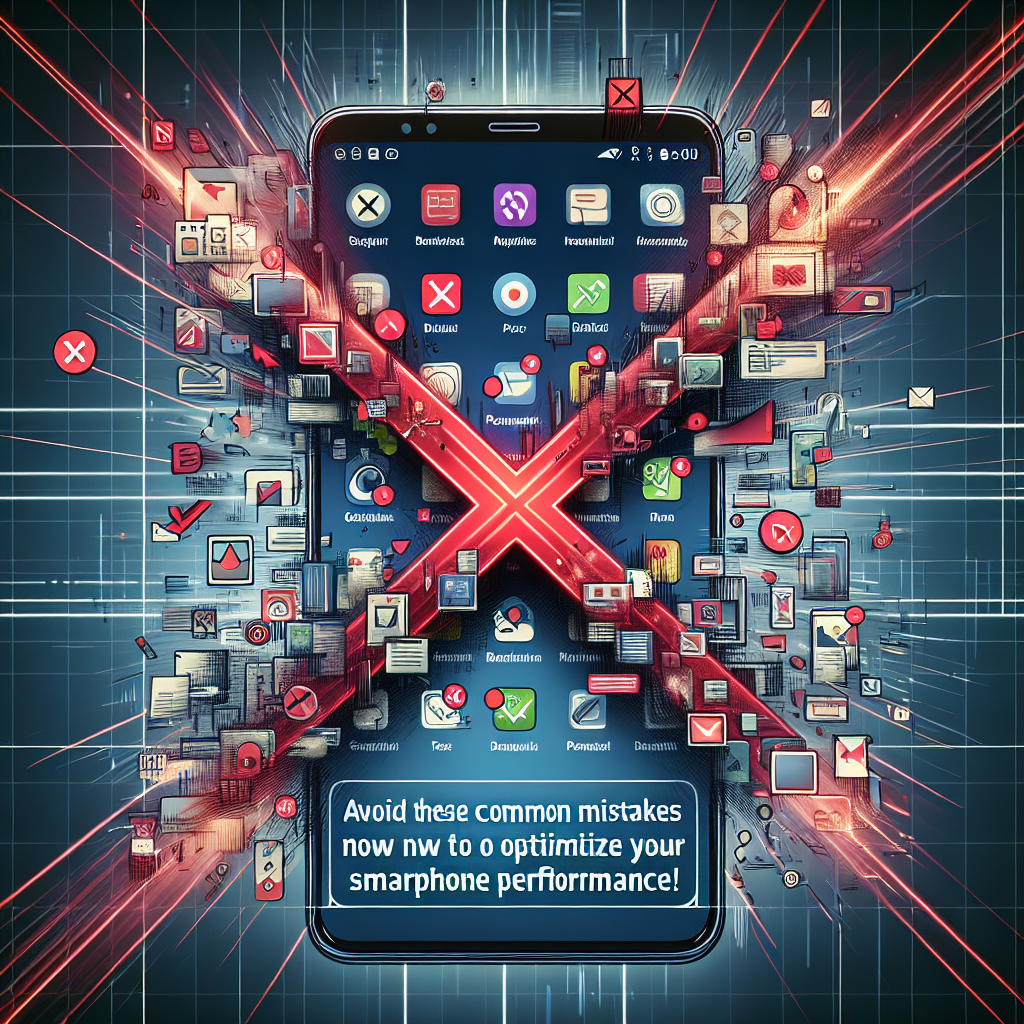If your iPhone 16 has been getting unusually hot during normal usage, you’re not alone. Overheating is a common concern reported by many users—especially while multitasking, gaming, charging, or using power-hungry apps. Fortunately, there are effective ways to mitigate the issue and protect your phone from heat damage.
In this detailed guide, we’ll walk you through five tested and easy-to-apply solutions to help prevent and fix iPhone 16 overheating problems. These tips are designed to enhance your device’s performance, prolong battery life, and improve your overall user experience.

Understanding Why Your iPhone 16 Is Overheating
Before applying any fixes, it’s important to understand the root causes. Overheating may occur due to:
-
High ambient temperatures
-
Resource-intensive apps running for extended periods
-
Background processes and auto-syncing
-
Software glitches or outdated firmware
-
Charging your phone while using heavy apps
-
Using your iPhone under direct sunlight
-
Incompatible or bulky phone cases restricting ventilation
Identifying the exact cause will help you apply the most effective solution. Now, let’s address each one with practical actions.
Solution 1: Update Your Software
Outdated software can lead to inefficient performance, causing your device to heat up. iOS updates often include bug fixes and performance improvements that can directly resolve overheating issues.
Steps:
-
Go to Settings > General > Software Update
-
If an update is available, tap Download and Install
This ensures your iPhone is optimized with Apple’s latest thermal management improvements.
Solution 2: Close Background Apps
Multiple apps running in the background add unnecessary load on the processor, which increases internal heat.
Quick Fix:
-
Swipe up from the bottom of the screen (or double press the Home button) to access the App Switcher
-
Swipe away apps you’re not actively using
Bonus tip: Learn more about mastering multitasking using the App Switcher Guide.
Solution 3: Reduce Display Brightness
A high-brightness setting is a hidden culprit of overheating. Dimming the screen lowers the GPU load and significantly cools your phone.
To reduce brightness:
-
Navigate to Settings > Display & Brightness
-
Use the slider to set a comfortable, lower brightness level
Enable Auto-Brightness for automatic regulation based on ambient light.
Solution 4: Avoid Direct Sunlight and High Heat
Direct sunlight can cause your iPhone 16 to exceed its safe operating temperature. Apple recommends using your iPhone in environments between 0ºC and 35ºC.
Tips:
-
Don’t leave your iPhone in a parked car
-
Avoid using it in hot outdoor environments
-
If using navigation outdoors, use a shaded phone mount
Pair this with one-handed handling for safety and efficiency. Explore our One-Handed Mode guide for better usability in sunlight.
Solution 5: Remove the Phone Case Temporarily
Some phone cases especially rugged or third-party models can trap heat. If your iPhone 16 starts overheating while in use or charging, remove the case to improve airflow.
Recommendation:
Use a breathable case made of silicone or mesh, which helps dissipate heat better than thick plastic or leather cases.
You may also want to check for other hardware-related issues if the problem persists.
Additional Tips for Long-Term Prevention
-
Disable Location Services when not needed
-
Turn off Background App Refresh for rarely used apps
-
Use Low Power Mode when battery is below 20%
-
Keep iPhone storage optimized to avoid lag
Also, if you’re facing other performance issues like poor network or browser settings, check out these useful guides:
Conclusion
Dealing with iPhone 16 overheating can be stressful, but it’s not something you have to live with. With these five fixes updating your iOS, closing background apps, adjusting brightness, avoiding heat exposure, and using appropriate cases you can take proactive control of your device’s temperature and longevity.
Make it a habit to monitor your iPhone’s performance and keep it optimized for long-term use. And if the overheating continues despite trying all the above steps, it may be time to contact Apple Support for a possible hardware assessment.







